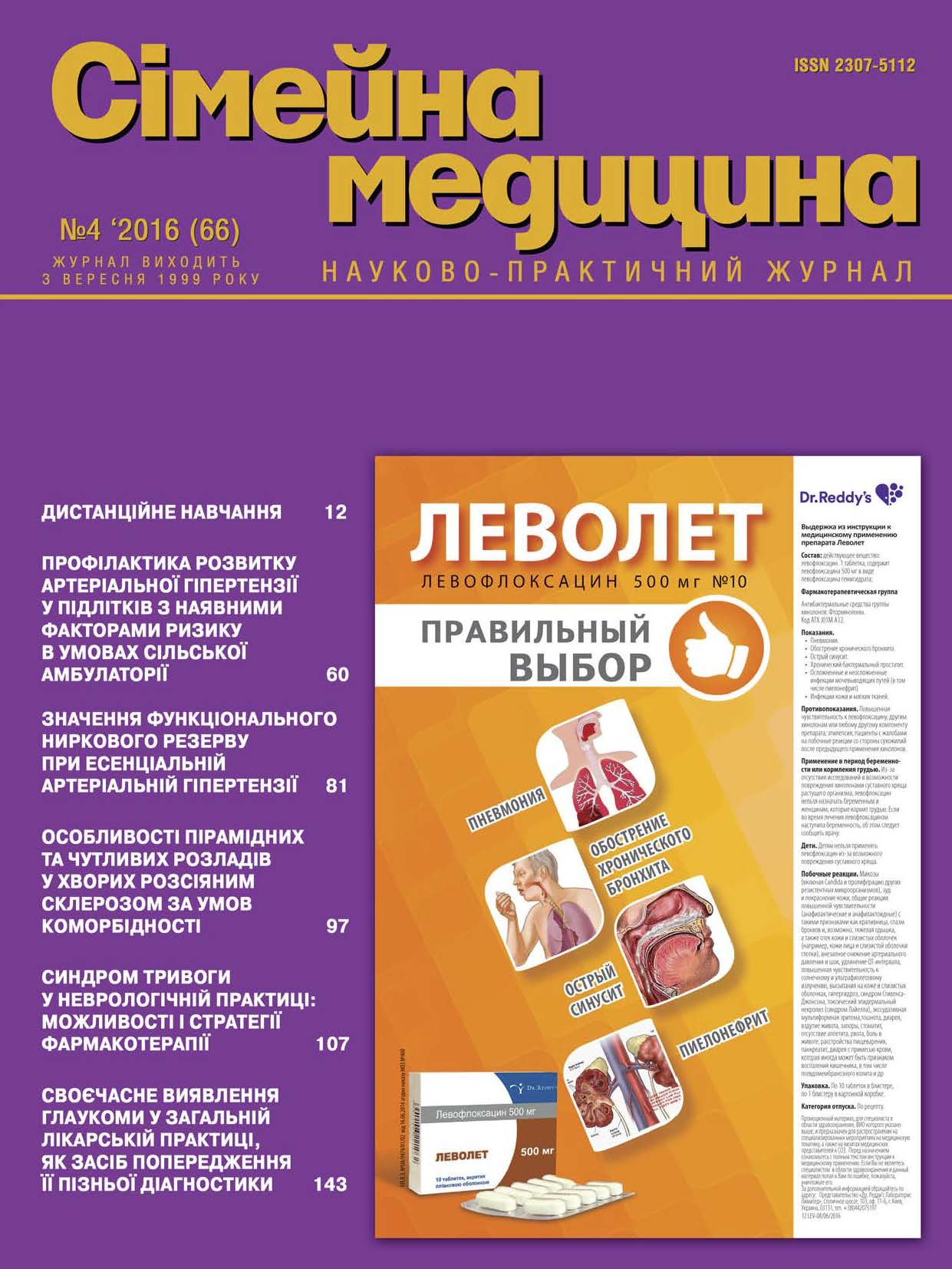Сontent of Middle Mass Molecules in the Blood Plasma, Obtained by Different Plasmapheresis Methods
##plugins.themes.bootstrap3.article.main##
Abstract
The objective: the study of the content of molecules of average weight (MSM) in blood plasma obtained from donors of different methods to select the priority method.
Patients and methods. The plasma samples of 34 primary donors (22 men and 12 women) for the first time given the plasma by automated plasmapheresis (control surveillance), and 152 active donors of blood plasma (110 men and 42 women) being donors with non-less 14 days interval between donations, have been examined. The active male donors’ plasma averaged at 18.63±1.71 with individual index fluctuations from 2 to 78, female donors’ – 14.09±1.95 with individual index fluctuations from 2 to 45. According to the method of plasma obtaining, the active plasma donors were divided into two groups: manual plasmapheresis method – I (first) observation group – 40 men and 14 women: method of automatic plasmapheresis – II (second) group of observations – 70 men and 28 women. The surveyed groups were homogeneous for age and sex.
Results. Hematologic and biochemical parameters of all those persons have been examined and, basing on the conclusion of the professionals, everyone was admitted to the plasma donation. The content of middle mass molecules in plasma were determined by metod of Gabrieljan N. I., Lipatovoj V. I. (1984). Analysis of the results showed that in the donor plasma samples obtained by manual plasmapheresis level of middle mass molecules is significantly higher. The significance of obtained results has also been discussed.
Conclusions. When manual plasmapheresis in the obtained samples of blood plasma revealed significantly higher content of molecules of average weight (MSM) compared to samples from donors who underwent automated plasmapheresis. A method of automatic plasmapheresis is pain gentle, compared with the method of manual plasmapheresis, allows to obtain the plasma with the contents of the MSM are not different from the original.
##plugins.themes.bootstrap3.article.details##

This work is licensed under a Creative Commons Attribution 4.0 International License.
Authors retain the copyright and grant the journal the first publication of original scientific articles under the Creative Commons Attribution 4.0 International License, which allows others to distribute work with acknowledgment of authorship and first publication in this journal.
References
Borisenko E. O., Gartovskaja I. R., Vydyborets S.V. 2015. Seredni molekuly jak odyn iz pokaznykiv metabolichnoi intoksykazii u chvorych na gostri lejkemii [Middle mass molecules as one indicators of metabolic intoksication in patients with acute leucosis]. Gematologija I perelyvannja krovi, vol. 38, pp. 62-70.
Gabrieljan N.I., Lipatova L.I. 1984. Opyt issledovanija pokazatelej srednih molekul v krovi dlja diagnostiki nefrologicheskich zabolevanij u detej. Laboratornoe delo, no. 3, pp. 138-140.
Novak V.L., Gryza P.V., Prymak S.V. 2011 Donors’ka plasma. Preparaty plasmy krovi ta ih klinichne zastosuvannja: posibnyk dlja likariv. Dnipropetrovs’k: ART-PRES, 264 p.
Perehrestenko P.M., Nazarchuk L.V., Timchenko A.S. et al. 2016. Dijal’nist’ zakladiv sluzby krovi Ukrainy u 2015 rozi. Kyiv, 72 p.
Rukovodstvo po prigotovleniju, ispolzovaniju i obespecheniju kachestva komponentov krovi Rekomendazija № R (95) 15. 17 izdanije [Guide on preparation, use and quality assurance of blood components. Recommendation № R (95) 15. 17-th edition]. 2013. Moscow, 565 p.
Transfusion therapy: clinical principles and practice. Ed. by P.D. Minzt. 2nd ed. Bethesda: AABB Press, 2005. 716 p.
Vydyborets S.V. 2016. Industrija preparatov plasmy krovi [Industry of blood plasma preparation]. Hematology. Transfusiology. Eastern Europe. vol. 2, no. 2, pp. 227-255.
Vydyborets S.V. 2016. Kontejnery polimernye dlja krovi i ee komponentov: standartisazija, klassifikazija i terminologija [Polymer container for blood and blood components: standartization, classification and terminology]. Hematology. Transfusiology. Eastern Europe. vol. 2, no. 2, pp. 256-269.





